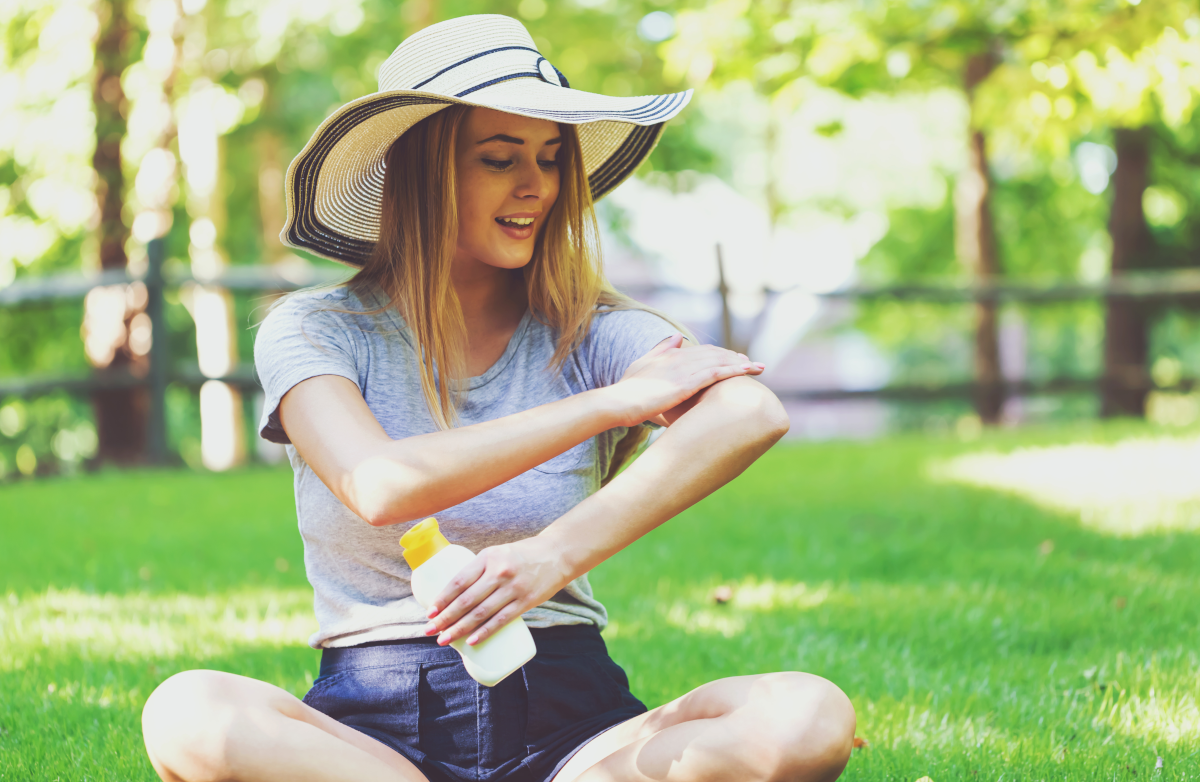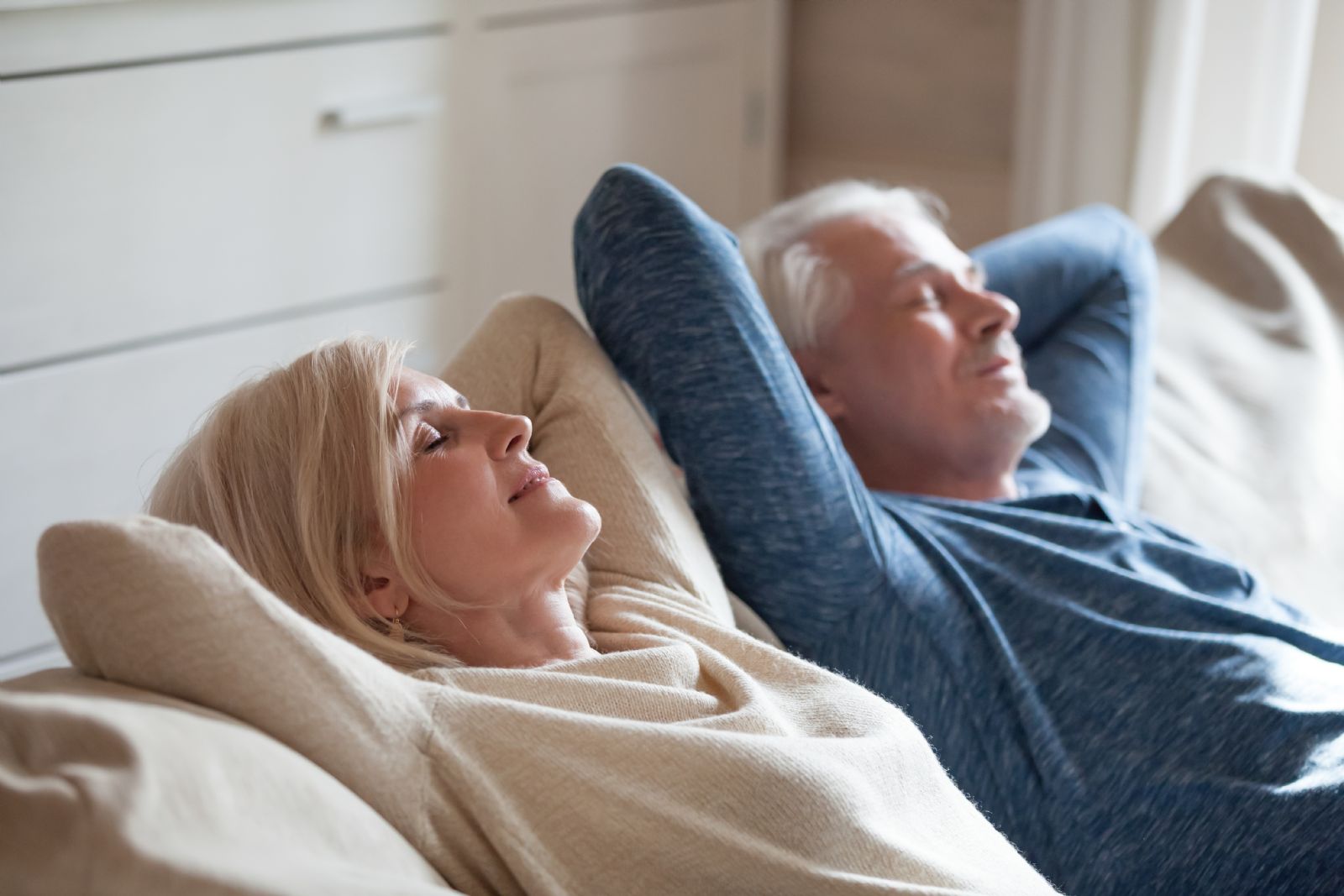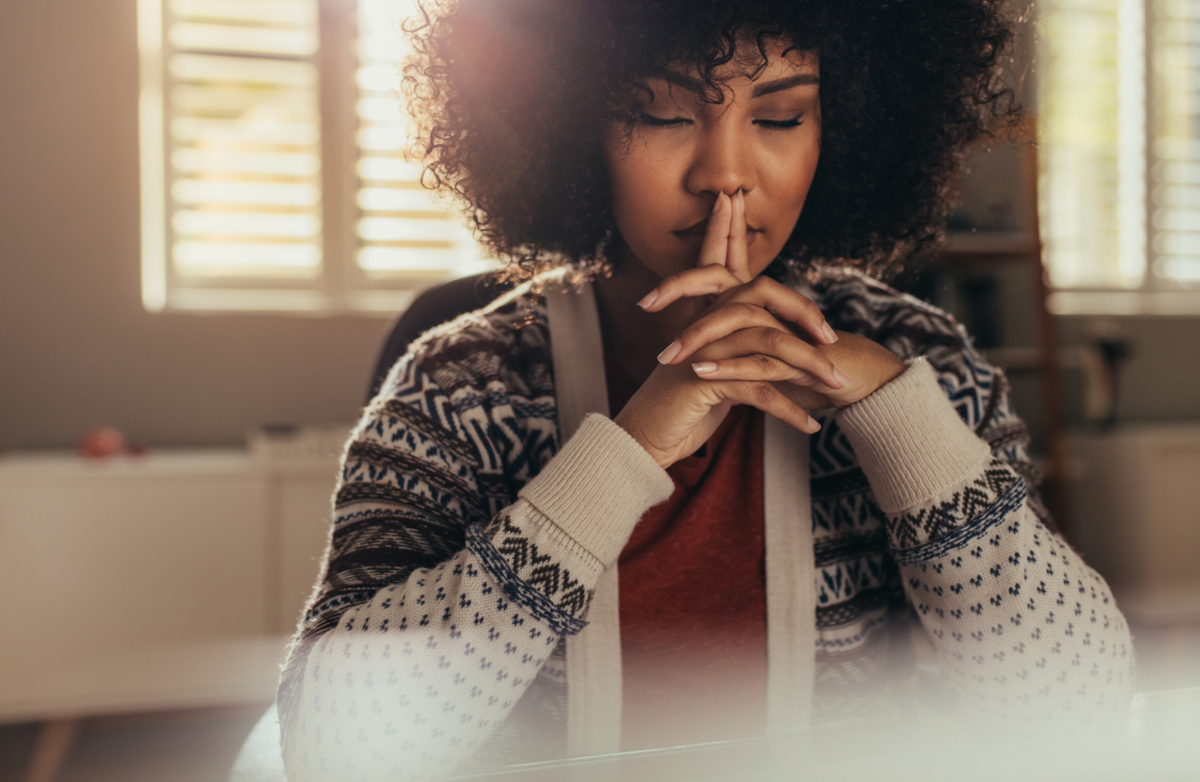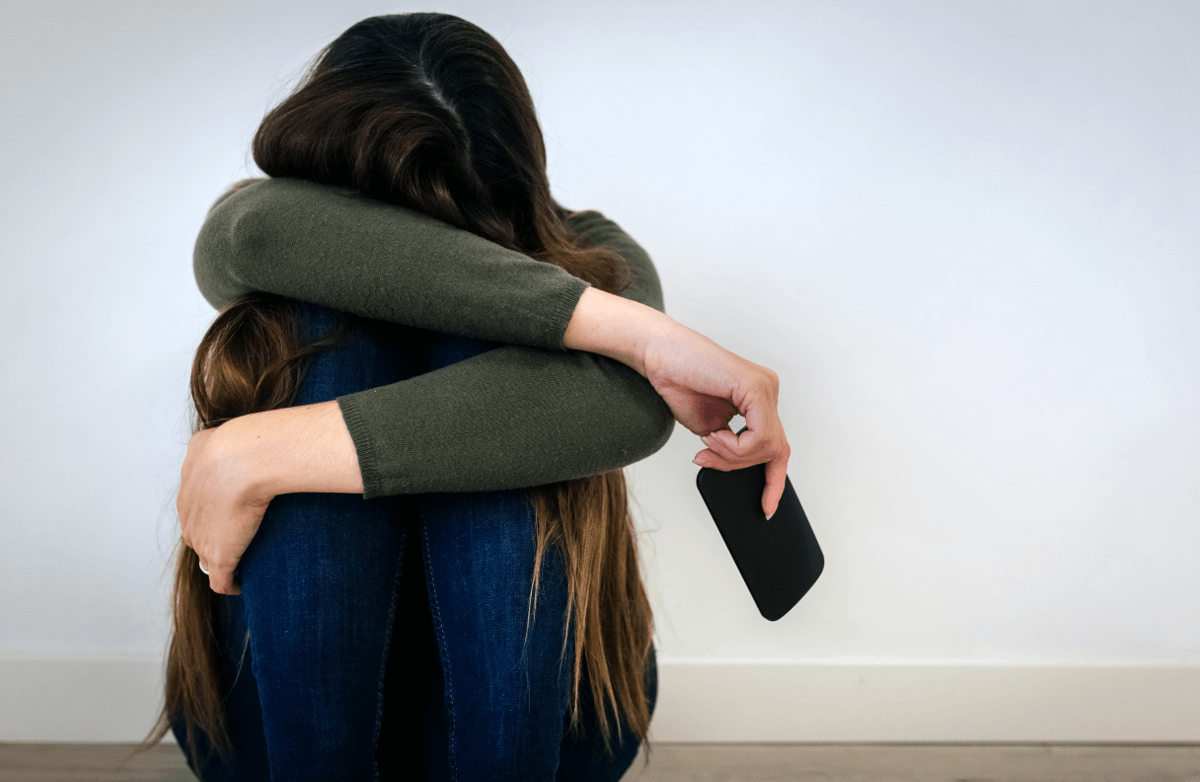
More than one million new cases of skin cancer are diagnosed each year in the United States, and over 10,000 people will die from the disease each year. This number hits even closer to home when you consider that almost one in five Americans is expected to develop some type of skin cancer in his or her lifetime, according to the American Academy of Dermatology (AAD).
Once only a concern during the summer months, tanning is now a year-round skin danger with the thinning of the ozone layer and the abundance of artificial tanning salons. The two primary types of ultraviolet (UV) radiation are UVA rays (which deeply penetrate the skin and cause the most genetic damage) and UVB rays (the "burning" rays). The World Health Organization reports that both UVA and UVB rays can cause cancer.
Damaging UVA rays and UVB ultraviolet rays slip through your windows, and even a healthy jog around the block can wreak havoc on your skin, as the cellular damage from UV radiation accumulates over time. But the prime culprit behind most cases of skin cancer is sun damage from tanning.
What is Tanning?
Many people assume that a tan protects them, when in fact a tan is actually a sign of skin damage. Tanning is the skin’s reaction to UV radiation from the sun or an artificial tanning bulb. When skin is exposed to UV rays, it tries to protect itself by producing a brown pigment called melanin, which darkens the cells of the outer layer of skin (epidermis). Tanning is your skin’s imperfect defense mechanism against further damage, and darker tans cause the most permanent damage.
UV rays damage the DNA of your skin cells, and even though your body repairs a lot of the damage successfully, over time, the leftover damage can lead to cellular mutations that cause skin cancer. Ongoing, unprotected UV exposure can also age the skin, causing wrinkles, sagging, and brown spots. UV radiation is also a major cause of cataracts, a clouding of the lens of the eye.
Some people have the mistaken impression that tanning the skin is healthier than getting sunburned, but both cause DNA damage to the skin cells, which isn't immediately apparent. According to the National Institutes of Health, by the time a person sees and feels sunburn (about four hours after sun exposure), it is too late. Permanent damage is a delayed effect that takes years to show up, and damage from tanning accumulates over time. Sunburn has been definitively linked to melanoma, a deadly type of skin cancer. Some research shows that experiencing just one sunburn can more than double your risk of developing melanoma.
The Dangers of Tanning Salons
Promoters of indoor tanning salons claim that their “artificial sun” is safer than natural tanning because they mainly use UVA (non-burning) rays and limit the amount of exposure with timers. But don't believe the literature that tanning salons offer. Indoor tanning is just as bad for your skin as sunlight, according to the AAD. Some studies have shown that tanning bed users often exceed their time limits, exposing themselves to excessive radiation.
A Dartmouth Medical School study of nearly 900 skin cancer patients found that using any tanning device increased the risk of squamous cell carcinoma (a type of skin cancer) by 150 percent and the risk of basal cell carcinoma (another form of skin cancer) by 50 percent. The AAD, Food & Drug Administration, American Medical Association, and Centers for Disease Control and Prevention all strongly advise against all forms of indoor tanning.
Protecting Your Skin: Sunscreen Basics
Research suggests that the key to avoiding sunburn and sun damage is using sunscreen correctly. Sunscreens are chemical barriers that help prevent UV radiation from reaching the skin. Many sunscreens combine several different chemical ingredients to provide broad-spectrum protection against both UVA and UVB rays. Look for PABA derivatives, salicylates, and/or cinnamates for UVB protection, and benzophenones, avobenzone (also known as Parsol 1789), Mexoryl, titanium dioxide, and/or zinc oxide for protection against the rest of the UV spectrum.
Most sunscreens with a Sun Protection Factor (SPF) of 15 or higher do an excellent job of protection. But what does this number mean? If it takes your skin 20 minutes to burn without protection, for example, an SPF 15 sunscreen theoretically protects you 15 times longer, or about five hours. But don’t expect your sunscreen to protect you for this long, as most only offer protection for a maximum of two hours. Even if your skin isn't turning red, it can still be damaged, so reapply your sunscreen often. Use these additional sunscreen tips to keep your skin safe:
- Apply sunscreen 30 minutes before sun exposure for the ingredients to fully protect the skin.
- Apply enough sunscreen to fill a shot glass (about one ounce) to thoroughly cover all of your exposed skin. During a long day outdoors, one person should use about one half of a full eight-ounce bottle of sunscreen.
- Reapply sunscreen every one to two hours, after swimming and after heavy sweating—even if labeled "waterproof."
Besides the liberal use of sunscreen, you can also increase your level of sun protection by dressing appropriately.
- Cover up. Wearing tightly woven fabrics and darkly colored clothes will block more UV rays than wearing thinner, lighter-colored fabrics. If you can see light through a material, UV rays can get through, too.
- Wear a hat. You can help prevent skin cancer on sensitive areas such as the ears, scalp, face, and neck by wearing a broad-brimmed hat. Baseball caps offer some protection to your face but leave other areas vulnerable.
- Protect your eyes. Always wear a pair of UV-blocking sunglasses with wraparound frames when you’re outside. Eyelids and the skin around your eyes are common sites for skin cancer and sun-related aging. Sunglasses also help reduce the risk of cataracts.
All it takes is a little preparation before you head out the door—to ensure that your skin is protected for the day and for years to come.












